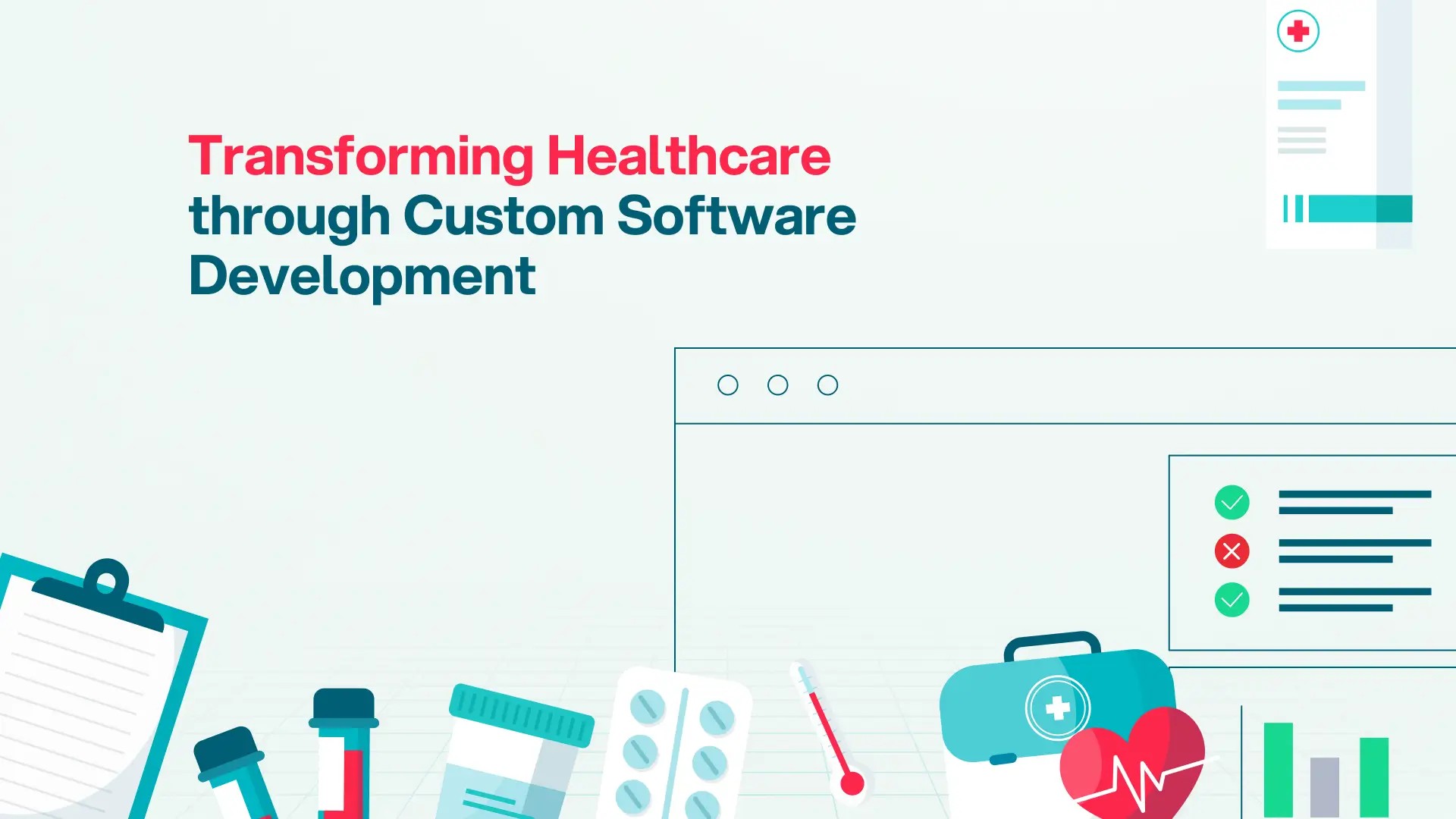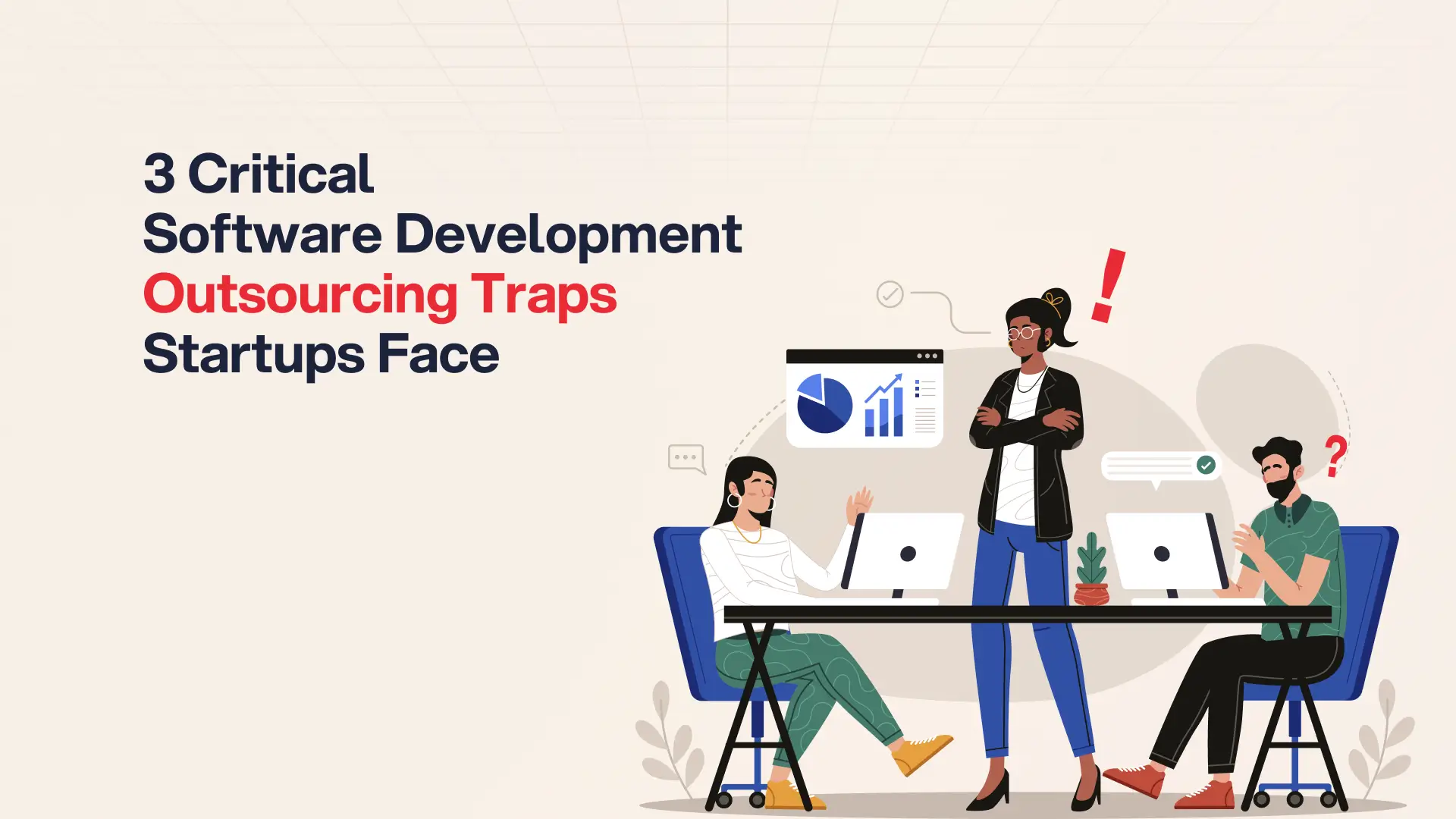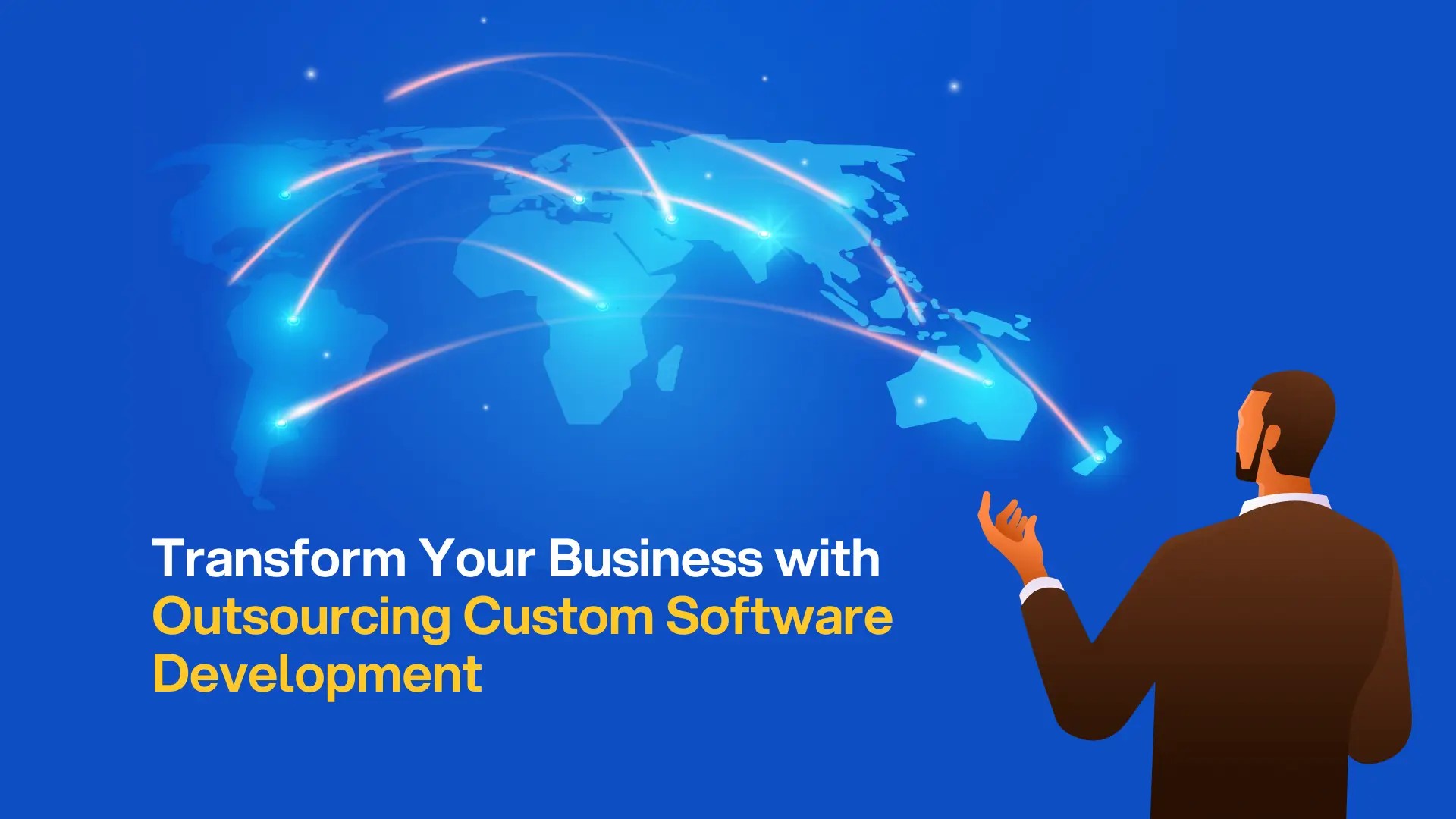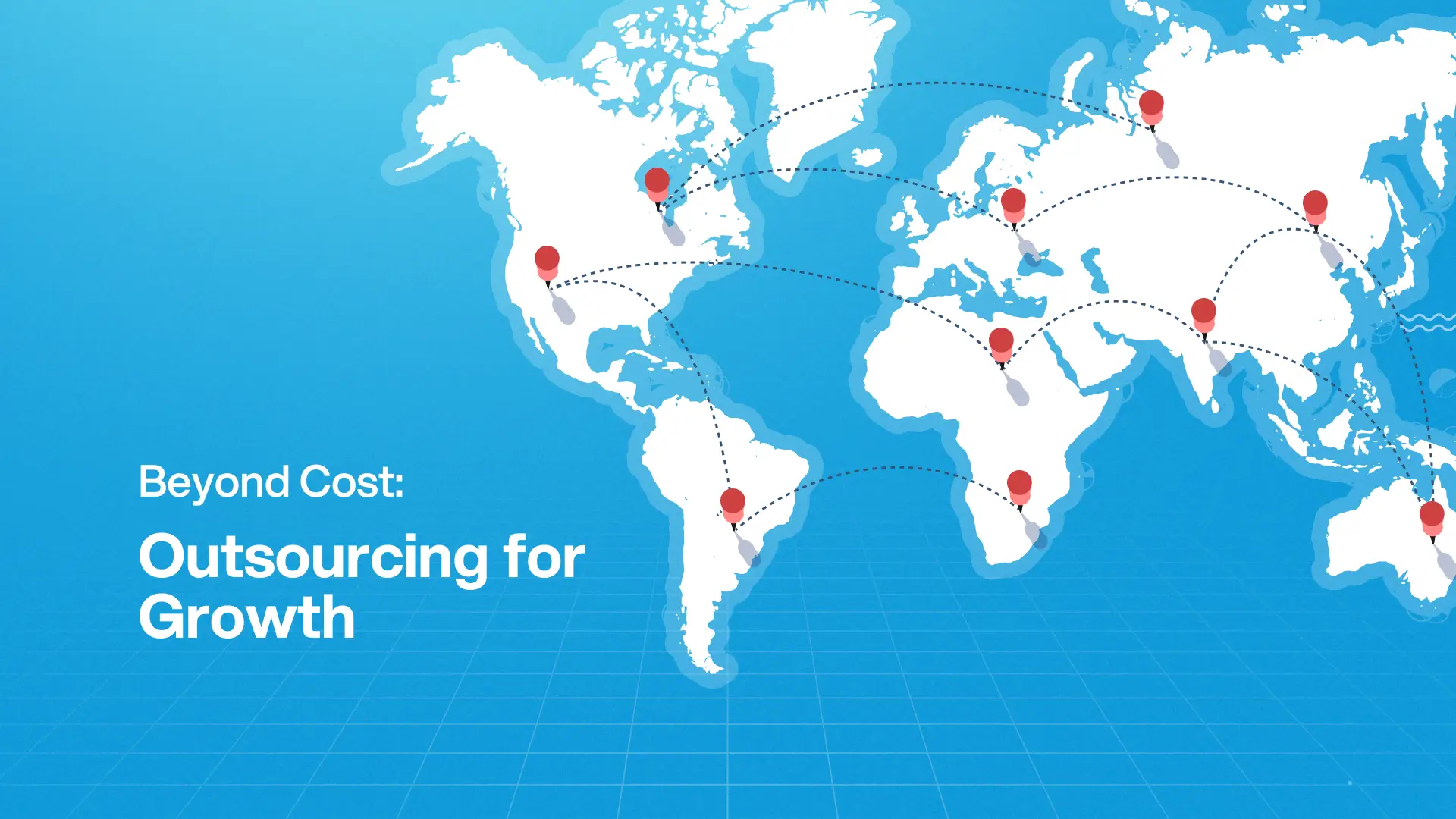Post Activity
 346
346
Table of Content
Share This Post
Table of Content
Supported by a stable business environment and government initiatives like the National Digital Strategy, Australia collaborates with regions such as Latin America, Eastern Europe, and Western Europe to achieve cost optimization while maintaining stringent quality standards. This analysis explores the drivers, challenges, and opportunities and highlights key strategies for success in software outsourcing in Australia.
The Strategic Recap
i. Reasons Australia Outsources:
- Tech job growth outpaces local STEM graduates, creating a talent shortage.
- Drives demand for cloud, AI, and software.
Outdated systems need custom software updates. - Lower labor costs in regions like LATAM/Eastern Europe.
ii. Challenges for Outsourcing Providers:
- Strict Privacy Act reforms.
- Multiple time zones complicate collaboration.
- Demanding expertise in advanced tech.
- No EU/UK data adequacy.
Country Playbook
Australia’s tech ecosystem thrives on innovation in AI development, mobile app development, and cybersecurity, with Sydney and Melbourne as global tech hubs hosting over 1,000 startups and enterprises like Atlassian, Canva, and Afterpay. The nation’s talent pool, with 935,000 software developers and a tech job growth rate four times higher than other sectors, is fueled by a robust tech education system at institutions like the University of Melbourne, University of Sydney, and Australian National University, producing tech professionals proficient in programming languages like Python, Java, and JavaScript.
With 85% of digital public infrastructure components implemented, including data-sharing systems and digital identities, Australia’s digital infrastructure supports seamless real-time collaboration and software solutions development. Australia maintains a Political Stability Index of 79.62, reflecting a stable business environment, while the tech sector contributes 1.7% to GDP.
The economy of Australia at a glance
| Gross Domestic Product | ||
| Annual GDP | USD 1.73 Trillion (2023) | |
| GDP Per Capita | USD 64,821 (2023) | |
| Income Category | High Income (2023) | |
| People | ||
| Population | 27 Million(2025) | |
| Literacy Rate | 96% (2024) | |
| IT Sector | ||
| IT Services Market Size | USD 38.5 Billion (2025) | |
| IT Outsourcing Market Size | USD 15.4 Billion (2025) | |
| Registered Software Companies | 64,500+ (2025) | |
| Business Environment | ||
| Ease of Doing Business | Score: 81 | Rank: 14 (2020) | |
| Political Stability Indicator | Percentile Rank: 80 (2023) | |
| Corruption Perceptions Index | Score: 75/100 | Rank: 14/180 (2023) | |
The IT services market is valued at $33.3 billion, though estimates vary, with some projections citing $15–21 billion depending on the segment. Internet penetration exceeds 90%, and time zones range from UTC+8 (AWST) to UTC+9:30 (ACST) and UTC+10/11 (AEST/AEDT), facilitating global collaboration.
Looking for IT Outsourcing Firms?
Browse leading Australian development companies that deliver global-quality solutions.
The Evolution of Australia’s IT Sector
Australia’s IT outsourcing journey reflects a shift from localized software development to strategic global partnerships, driven by innovation and a robust digital infrastructure.
Key Milestones:
- 1980s–1990s: Early IT focused on in-house development for finance and mining, with companies like BHP and Westpac building proprietary database systems.
- 2000s: Rise of IT services firms like Telstra and Optus, outsourcing non-core functions to domestic providers.
- 2010s: Slow adoption of cloud computing compared to the US, but talent shortages and AI development spurred offshore development with Eastern Europe and Latin America.
- 2020s–2025: The National Digital Strategy and tech-focused federal budgets drive cloud infrastructure, AI-powered app development, and digital transformation, positioning Australia as a regional leader in technology markets despite geopolitical instability.
Strategic Imperatives: Why Australia Outsources
- Talent Shortage: Tech job growth outpaces STEM graduates, requiring access to a global talent pool of software engineers.
- Digital Infrastructure: Investments in digital public infrastructure (e.g., data-sharing systems, digital IDs) demand scalable software solutions.
- Cost Optimization: Software outsourcing to Asia-Pacific and Latin America reduces software development rates while leveraging high English proficiency.
- Innovation Pressure: Government and private sector push for AI-driven personalization, data analytics, and cloud solutions.
Delivery Models Gaining
The table summarizes key factors for choosing the right IT outsourcing model.
Most Outsourced IT Functions
- Retained In House: Core Intellectual Property (IP) development, data privacy compliance, strategic R&D centers.
- Commonly Outsourced: Software development, mobile app development, software quality assurance, data analytics, AI driven personalization, customer support, call center services.
Ready to Build Your Team?
Let’s create together, innovate together, and achieve excellence together. Your vision, our team – the perfect match awaits.
Leading Outsourcing Destinations
According to a recent market data report, the following are among the best countries to outsource software development:
Sector Focus: Who’s Leading in Australia
Case Studies
Westpac: Cloud Migration with India
- Partnered with Indian outsourcing firms for cloud-native banking solutions.
- Transitioned legacy database systems to AWS using agile workflows.
- Reduced outsourcing costs by 30% and improved deployment speed by 25%.
Telstra: BPO Industry in the Philippines
- Outsourced call center services and customer support to the Philippines’ robust BPO industry.
- Enhanced multilingual support for a global customer base, maintaining data privacy compliance.
- Improved response times by 20%.
Afterpay: AI Development with Vietnam
- Collaborated with Vietnamese software developers for AI-powered app development and Minimum Viable Product (MVP) creation.
- Leveraged agile software development squads for faster time-to-market.
- Retained strategic Intellectual Property in-house.
Challenges for Outsourcing Providers Working with Australia
- Data Privacy Compliance: Ongoing Privacy Act reforms and lack of European Union adequacy status require robust legal frameworks and legal experts.
Mitigation: Use Standard Contractual Clauses and local legal experts. - Time Zone Challenges: UTC+8 to UTC+11 complicates real time collaboration for offshore development.
Mitigation: Adopt agile workflows and tools like Google Meet and Jira. - High Technical Standards: Clients expect expertise in AI development, cloud solutions, and software engineering.
Mitigation: Upskill team leads and project managers in modern programming languages and partner with technical education programs. - Cultural Compatibility: High individualism demands strong communication skills in nearshore collaboration.
Mitigation: Employ culturally aligned project managers and use Google Meet for effective project management. - Quality Standards: Rigorous software quality assurance and ISO compliance are critical.
Mitigation: Implement automated quality assurance testing.
Find Your Perfect Software Outsourcing Partner
Unlock a world of trusted software outsourcing companies and elevate your business operations seamlessly.
Future Trends in Australian IT Outsourcing
- Digital Infrastructure Growth: Investments in digital public infrastructure drive demand for software solutions.
- AI and Automation: Increased adoption of artificial intelligence and robotic process automation (RPA) for cost efficiency.
- Cultural Compatibility: Latin America and Asia-Pacific providers enhance communication skills for seamless nearshore collaboration.
- Sustainability Focus: Environmental, social, and governance (ESG) metrics influence vendor selection amid geopolitical instability.
- Reskilling Initiatives: Government and private programs boost tech professionals in AI development and cloud computing.
What It Takes to Go Global
To succeed in the Australian IT software outsourcing market, firms must:
- Enforce strict cybersecurity and IP protection per global standards (e.g., GDPR, ISO 27001).
- Provide ongoing workforce upskilling in tech and communication for client needs.
- Adhere to international labor laws for fair wages and ethical conditions.
- Upgrade internet and logistics infrastructure for seamless service delivery.
- Diversify clients and plan for political or economic disruptions.
- Use effective tools to overcome language and time zone barriers.
- Draft clear contracts with defined deliverables and penalties.
- Adopt ESG compliant operations to attract ethical clients.
- Conduct regular vendor audits to ensure consistent service quality.
Final Thoughts
Australia’s IT outsourcing market thrives on digital infrastructure and government support, despite challenges like privacy laws and time zones. Strategic partnerships with Latin America, Eastern Europe, and Asia-Pacific drive cost efficiency and innovation. Success requires agile workflows, compliance, and strong communication to meet Australia’s high standards and AI-driven demands.
Find Your Perfect Software Outsourcing Partner
Unlock a world of trusted software outsourcing companies and elevate your business operations seamlessly.






